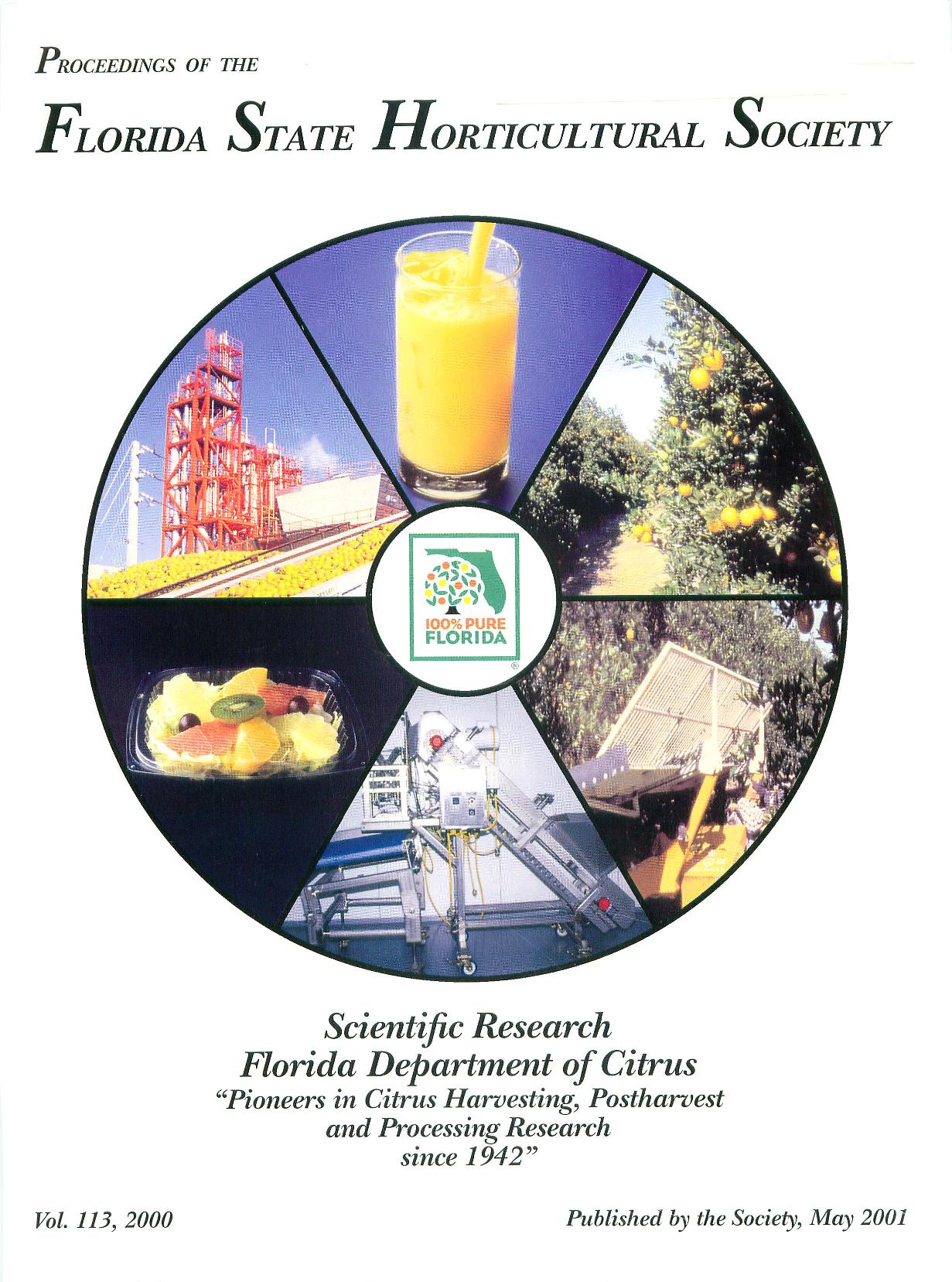Vegetable
The effect of solarization, metam sodium, biological soil treatments and cover crop amendments on pink root incidence and yields of sweet onion in Maui, Hawaii
Abstract
Pink root, Phoma terrestris E. M. Hans, is among the major limiting factors for the production of sweet onions on Maui, Hawaii, where continuous monocultures are typical. Alternative multi-tactic disease management strategies are needed to promote the sustainability of the sweet onion industry in the production region of Kula, Maui. An experiment was thus conducted to evaluate the effect and interaction of several management strategies on pink root incidence and onion yields. The experiment had a split-split plot design with 4 replications per treatment. The 3 main treatments were a rotation with cabbage, solarization, and a fallow period. The sub-treatments included fumigated and non-fumigated Metam sodium plots. The 4 sub-sub-plots were 'Sordan 79' sudangrass, 'Dwarf essex' rape biomass amendments, an EM1 (Ecoyo Inc.) biological inoculant, and a control. Each plot consisted of a 50 ft bed with 4 rows per bed. The study thus had a total of 96 plots (3 x 2x4 treatments x 4 replications). At harvest, 100 bulbs per plot were individually graded and weighed. Disease severity was determined at harvest by a visual root damage index. Resultsshowed significant 2- and 3-way interactions involving the solarization, fumigation, and cover crop treatments. In general, solarization, cabbage rotation, and sudangrass or rape incorporation had positive synergistic effects with fumigation, re sulting in greater yields and less disease. The only variables that reduced pink root incidence and increased the number of disease-free bulbs were fumigation and solarization. Overall, the treatment combination with the lowest disease rating was solarization-fumigation-rape biomass incorporation. The highest yields were, in turn, obtained with the solarization-fumigation- biological treatment combination.

